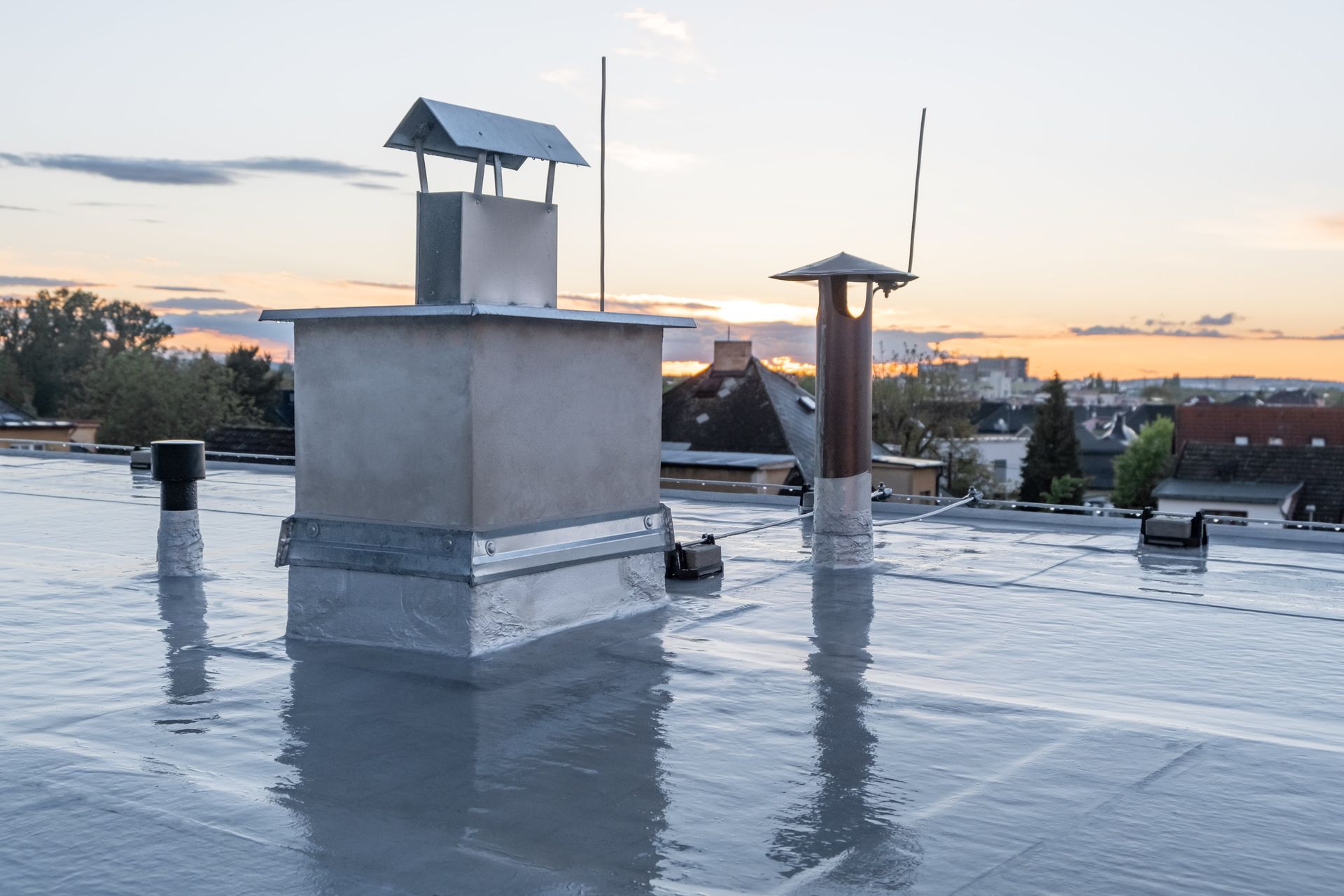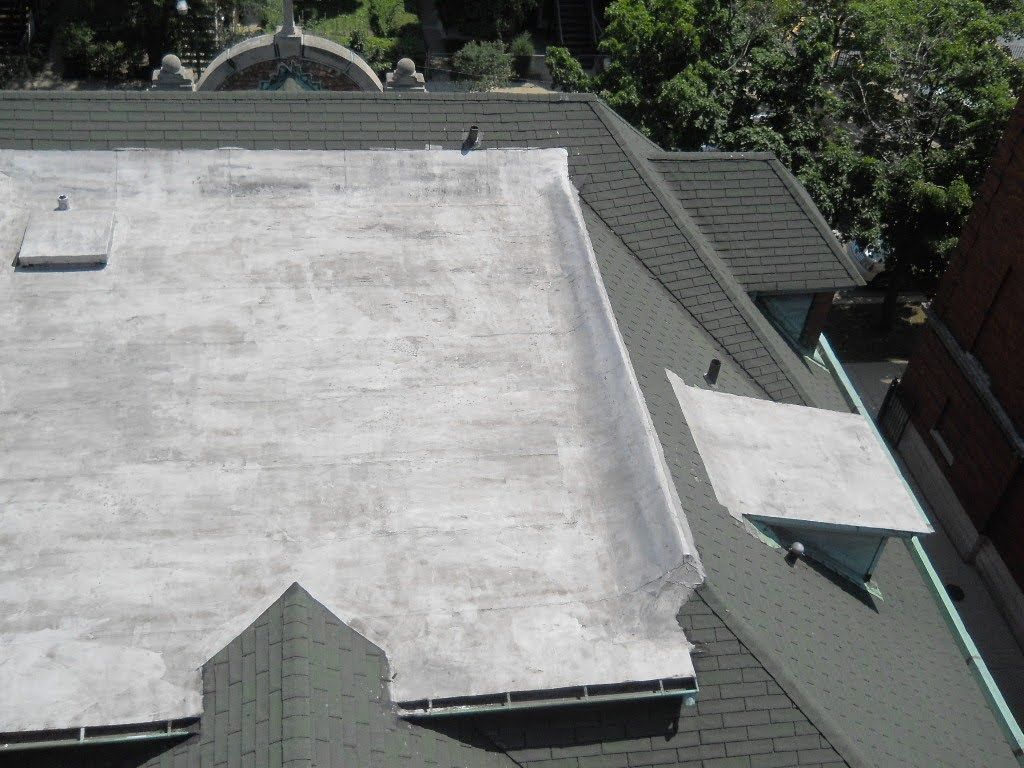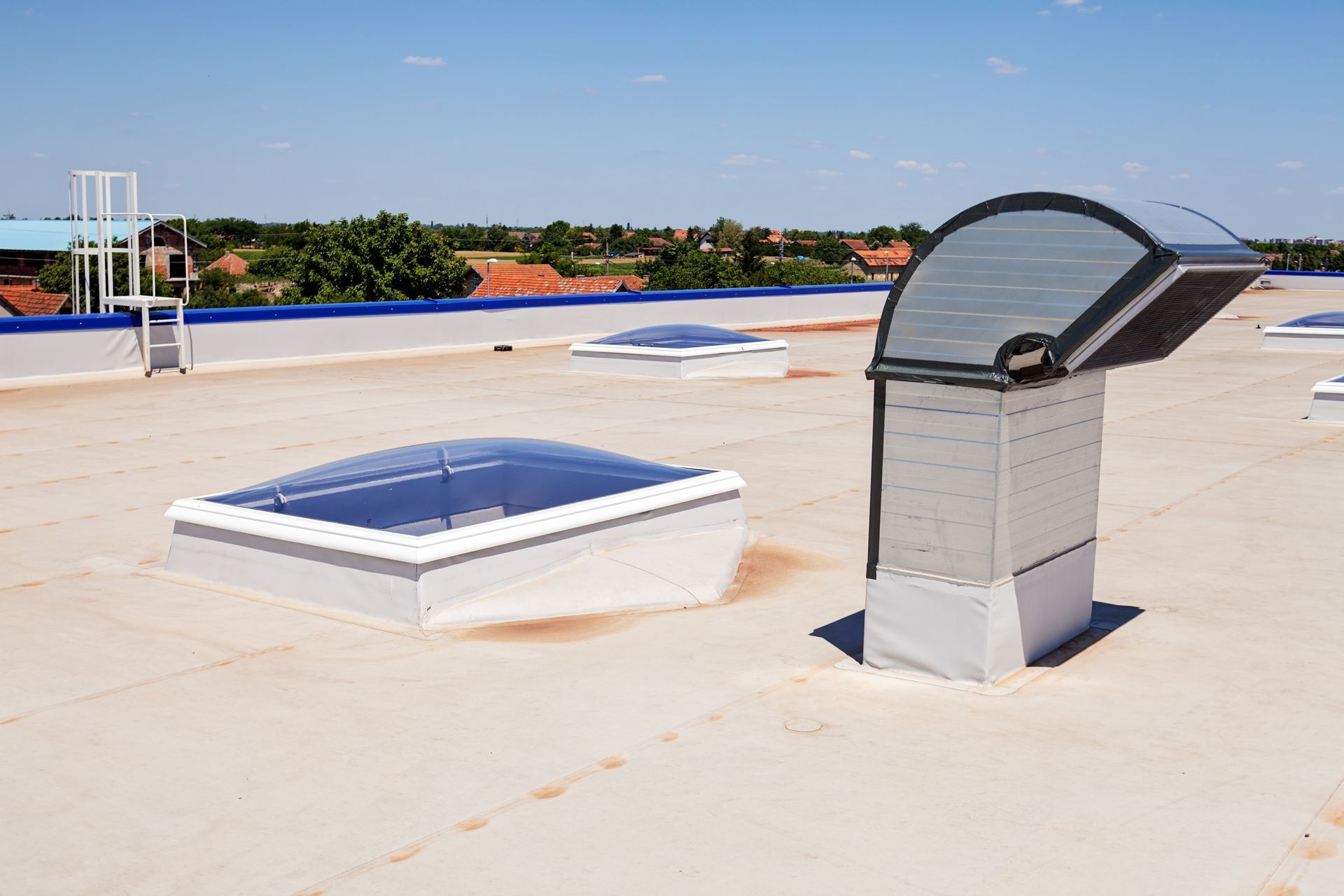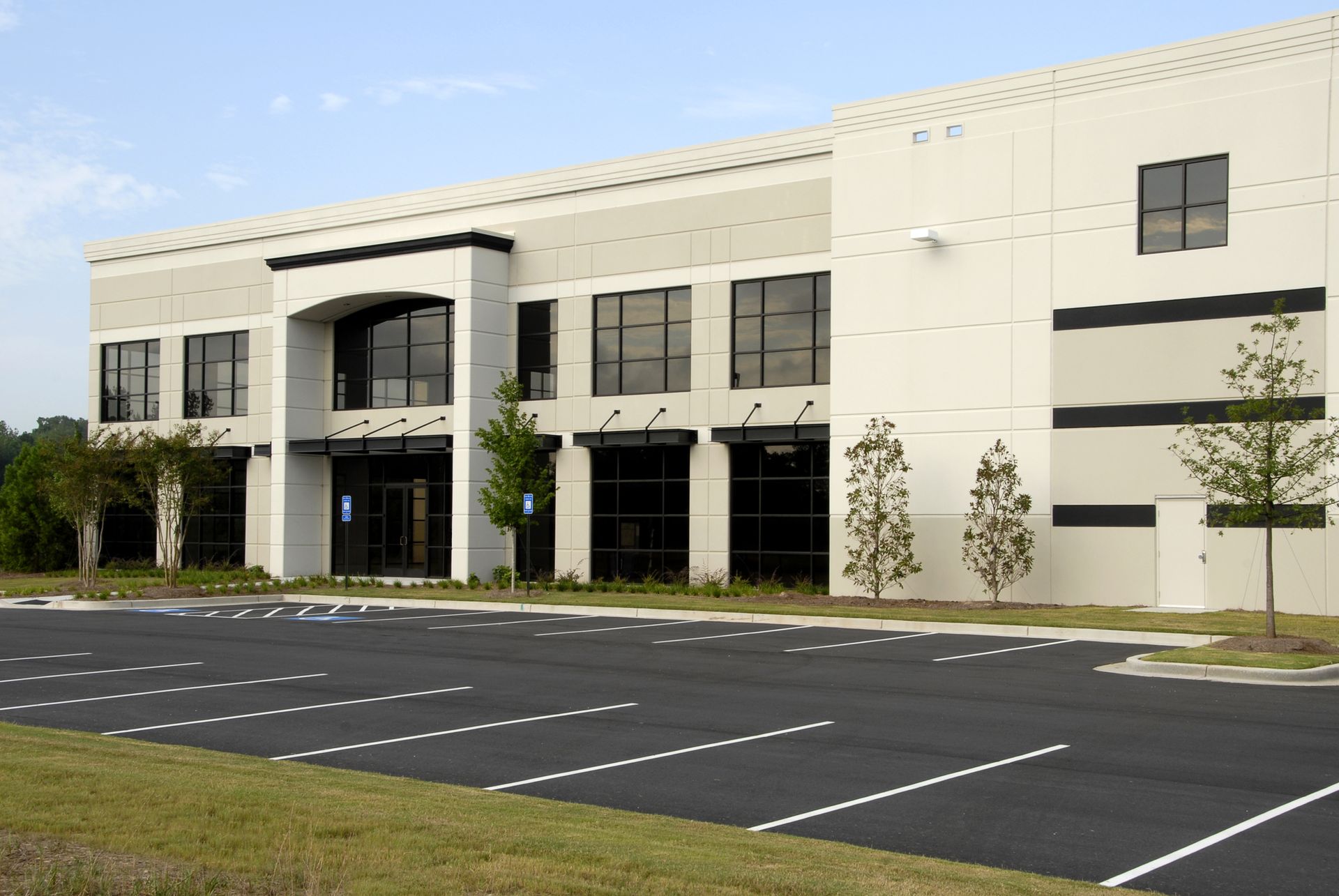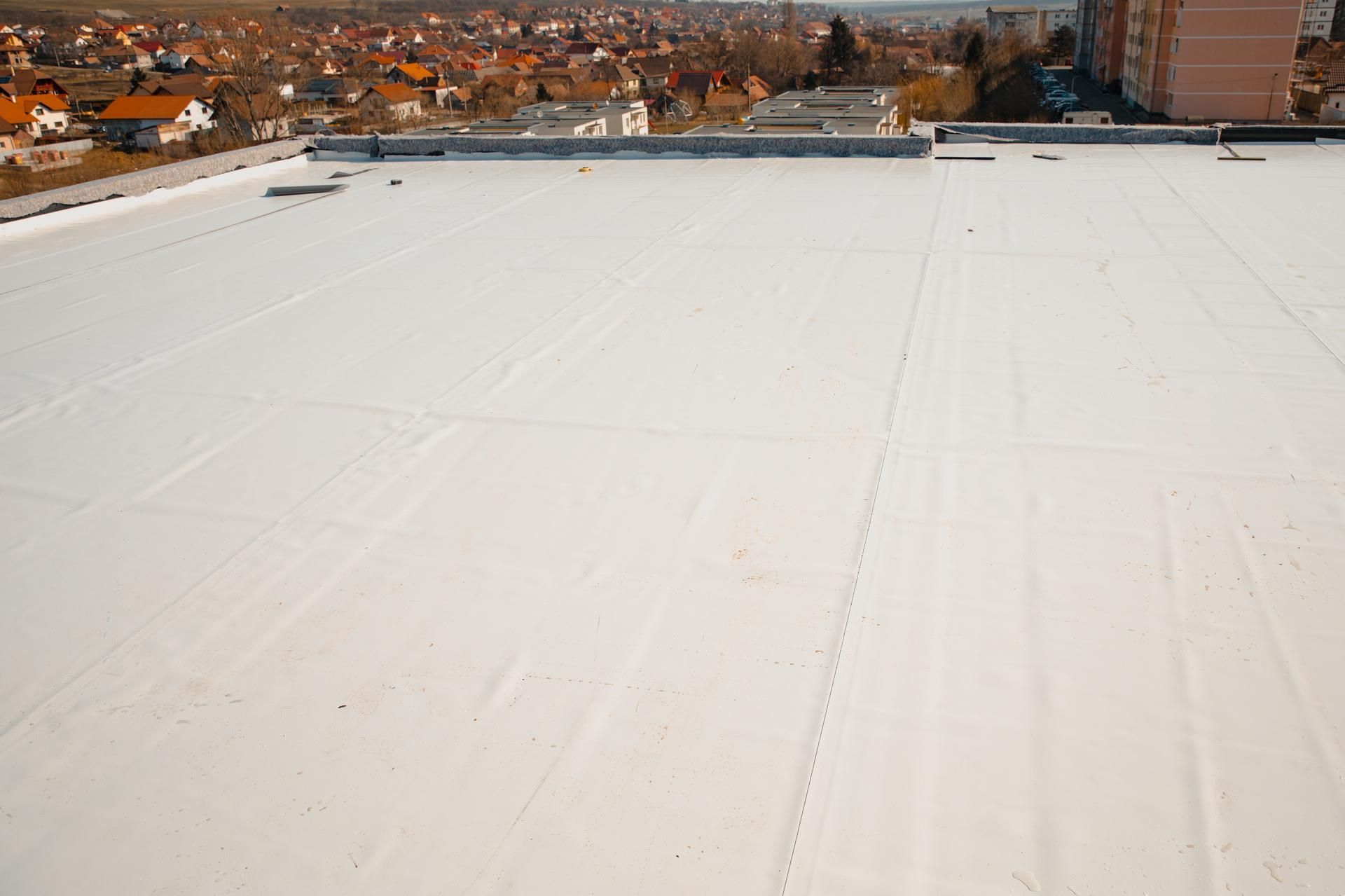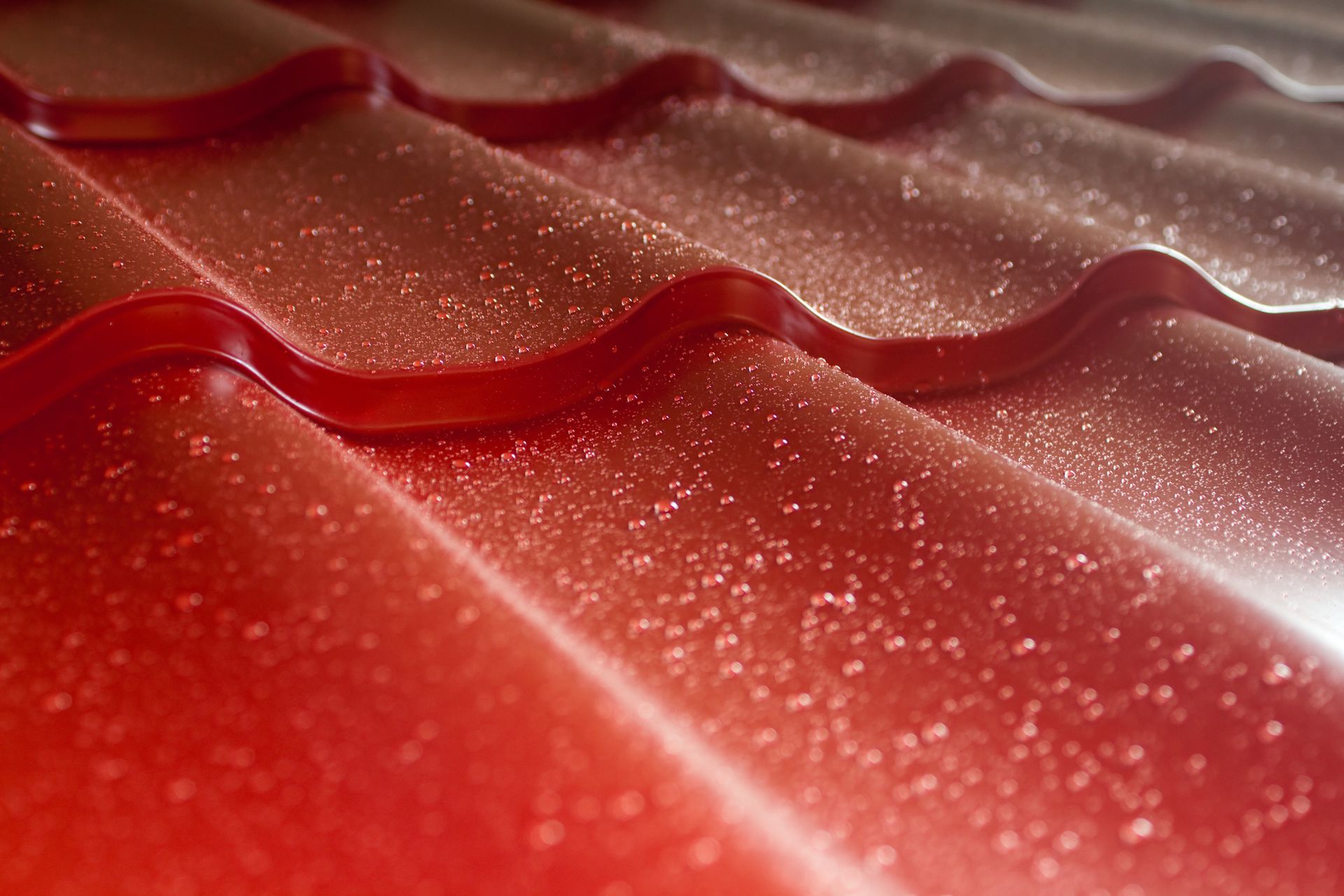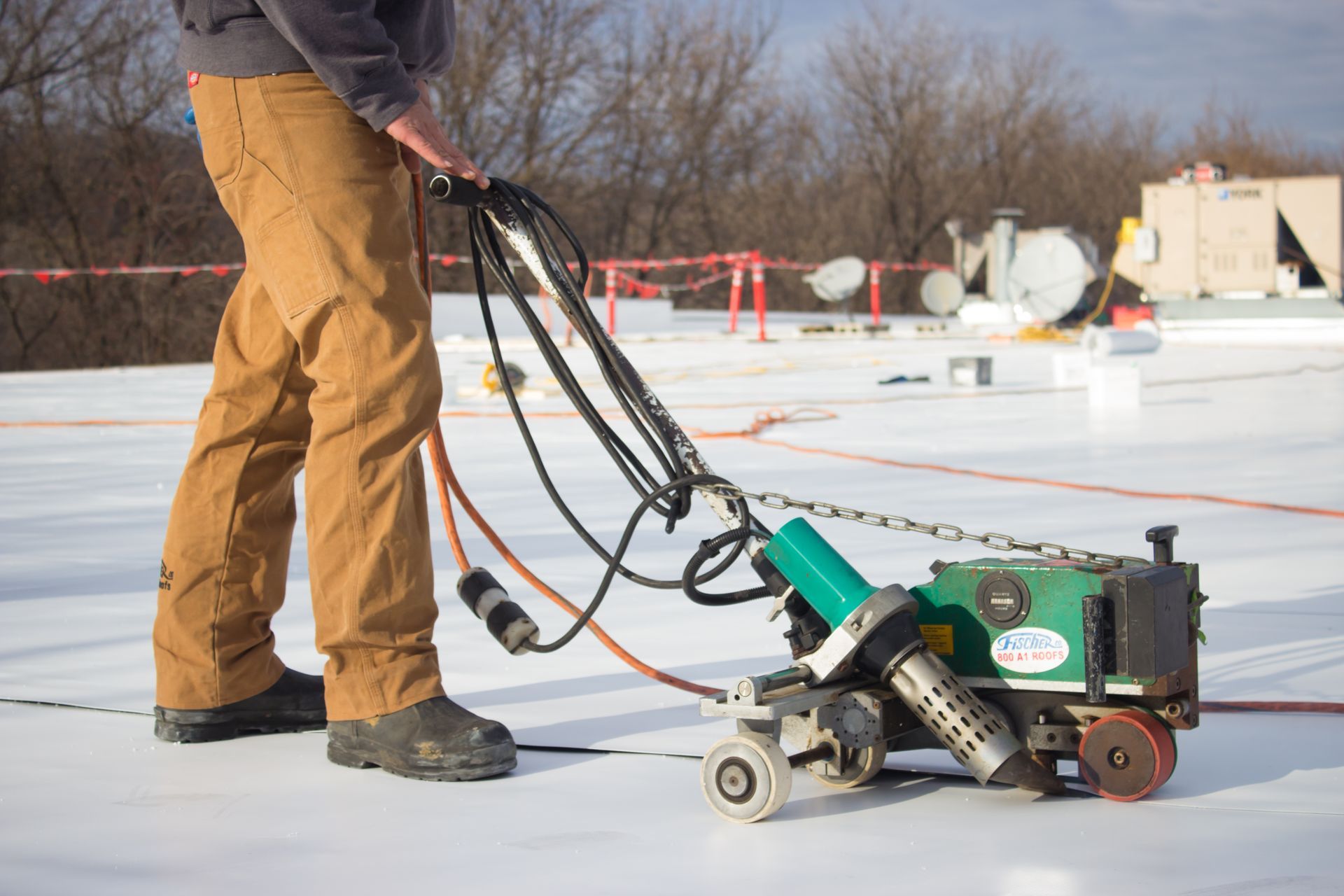How to Determine the Life Expectancy of Your Roof
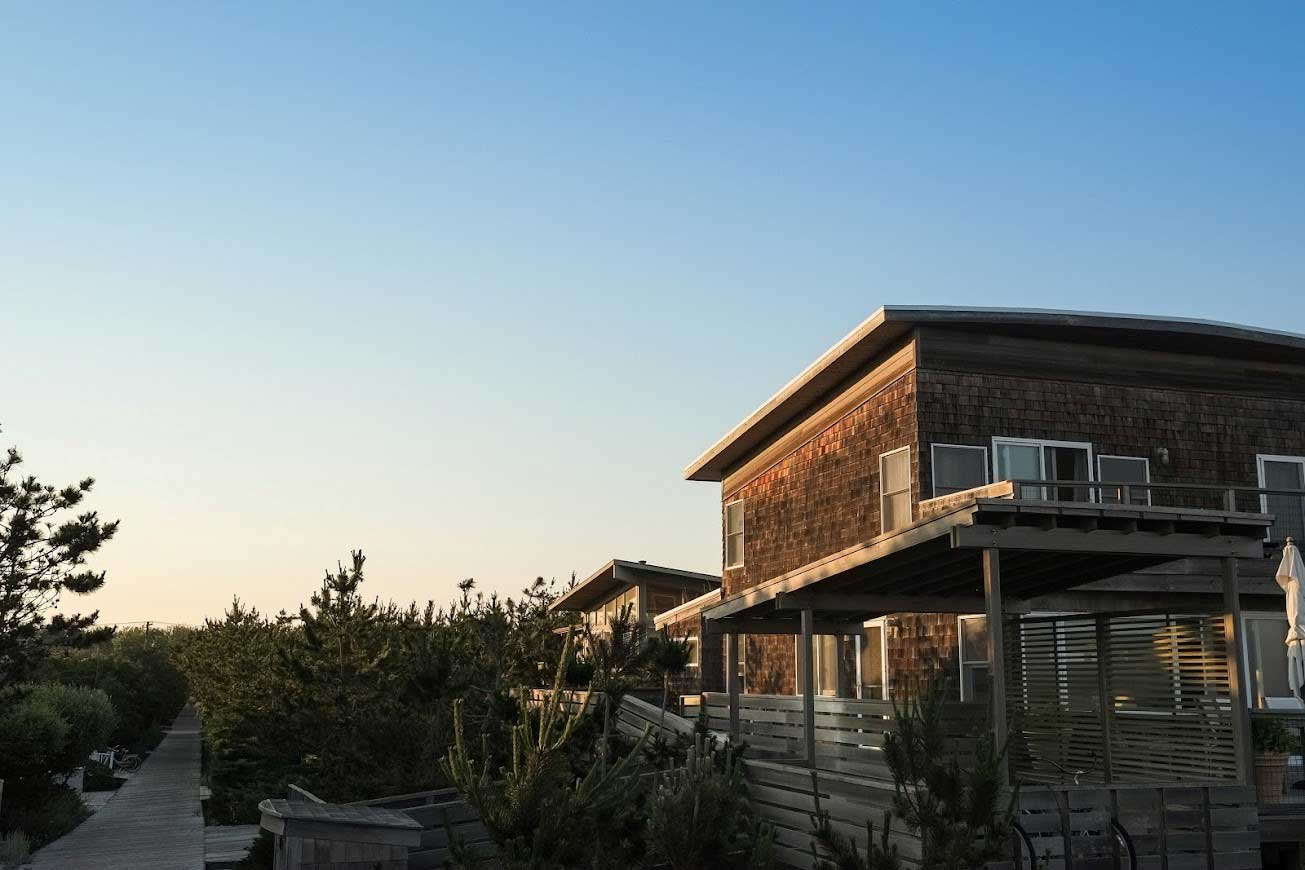
Your home’s roof is an integral part of its structure and protection. It keeps you and your family safe from the elements and helps maintain the value of your home. That's why it's so important to understand the life expectancy of your roof and when it may need to be replaced. There are several factors to consider when determining the life expectancy of your roof.
Material
Different roofing materials have varying levels of durability and lifespan, and choosing the right material for your roof can save you money and hassle in the long run.
Asphalt shingles are one of the most popular roofing materials in the U.S. They have a lifespan of around 5-10 years. They are relatively affordable and easy to install but prone to fading, cracking, and curling over time.
Wood shingles and shakes have a longer lifespan of around 30-40 years, but they require more maintenance and are susceptible to rot, fire, and insect damage.
Metal roofing, such as aluminum, steel, or copper, can last up to 50 years or more with proper maintenance. They are durable, energy-efficient, and resistant to weathering but are also more expensive than asphalt shingles.
Climate
Roofs in more extreme climates tend to have shorter life expectancies than roofs in more moderate climates.
In hot and dry climates, like those found in the desert, roofs get exposed to extreme heat, UV radiation, and low humidity. These conditions can cause the roofing materials to become dry, brittle, and prone to cracking, which can shorten their lifespan. The intense heat and UV radiation can also cause the roofing materials to fade and deteriorate over time.
Roofs in cold and wet climates, like those found in northern latitudes, get exposed to extreme cold, snow, ice, and moisture. These conditions can cause the roofing materials to become brittle, prone to cracking and even cause ice damming, which can cause water to pool on the roof and lead to leaks and damage.
Inspection
An inspection of your roof can determine the life expectancy of your roof by evaluating its condition and identifying any potential issues. A professional roofing inspector will look at the age of the roof, the type of materials used, the level of maintenance and repair that has been done, and the roof's overall condition.
If the roof is relatively new and well-maintained, it will likely have a longer life expectancy. If the roof is older and has not been properly maintained or has experienced significant damage, its life expectancy may be shorter.
The inspector may also look at factors such as the roof's slope, the level of exposure to the sun, wind, and other weather conditions, and the presence of trees or other debris that could cause damage to the roof.
Based on their assessment, the inspector can recommend the estimated life expectancy of your roof and any necessary repairs or maintenance that may be needed to extend its life. Regularly inspect your roof to ensure it is in good condition and to address any issues before they become major problems.
By considering these factors, you can better understand how long your roof will last and when it's time to replace it. Although roofs can last for decades, stay ahead of potential problems and make sure your roof is in good condition.
The team at Fischer Roofing specializes in flat/low slope roofing. We provide our customers with a cutting-edge roof system backed by decades of experience. We are a locally owned and operated business that stands behind our work and believes in the time-tested products we install. Contact us today to learn more about how to get the most out of your roofing or for a free quote.


